How does colour make you happy?

I’m so lucky that I’ve carved a career surrounded by colour! My own personal preference is a very saturated one which has helped me stand out from an otherwise beige crowd. I am looked upon as ‘The Colour Queen’ and someone who is brave and daring with colour, but it all comes from a very authentic place that started early on in childhood. I’ve always been excited by a tin of colouring-in pencils and compelled to wear the rainbow-striped jumpers. Fast forward and I still get a real visceral thrill when I open up a paint chart or see a new Nike Air max in a bright colourway. It goes on to follow that Interior design for me is like being let into the chocolate factory, and like Veruca Salt, “I want it all”!

My home is like a sweet shop, as I passionately collect things that make me happy. Photographed by Alun Callender
I’ve long been fascinated by what it takes for us to feel happy in our home environment because for me, creating a beautiful interior has always been hardwired to my sense of happiness. Then, in 2019 the GoodHome report was published. An extensive scientific study was carried out by The Happiness Institute in Copenhagen, with the aim to define what makes us happy. I was both astonished and then maybe not so surprised to discover that happiness in our home ranked second on the leaderboard as to what benefits our feeling of wellbeing. It was second to our mental health but came above our physical wellbeing, our social status, our jobs and even how much money we have in the bank. As an interior designer, I finally feel validated that interior design and indeed how well designed your home is tailored for you, is really so important to our sense of wellbeing and happiness.
The Good Home report has loads of useful insights and research to illustrate what makes us happy in our homes. Key things like natural light, a sense of space and organisation, and even a connection to nature all ranked highly. But one of the top findings was that expressing a sense of self-identity was core to creating a home that supports us emotionally.
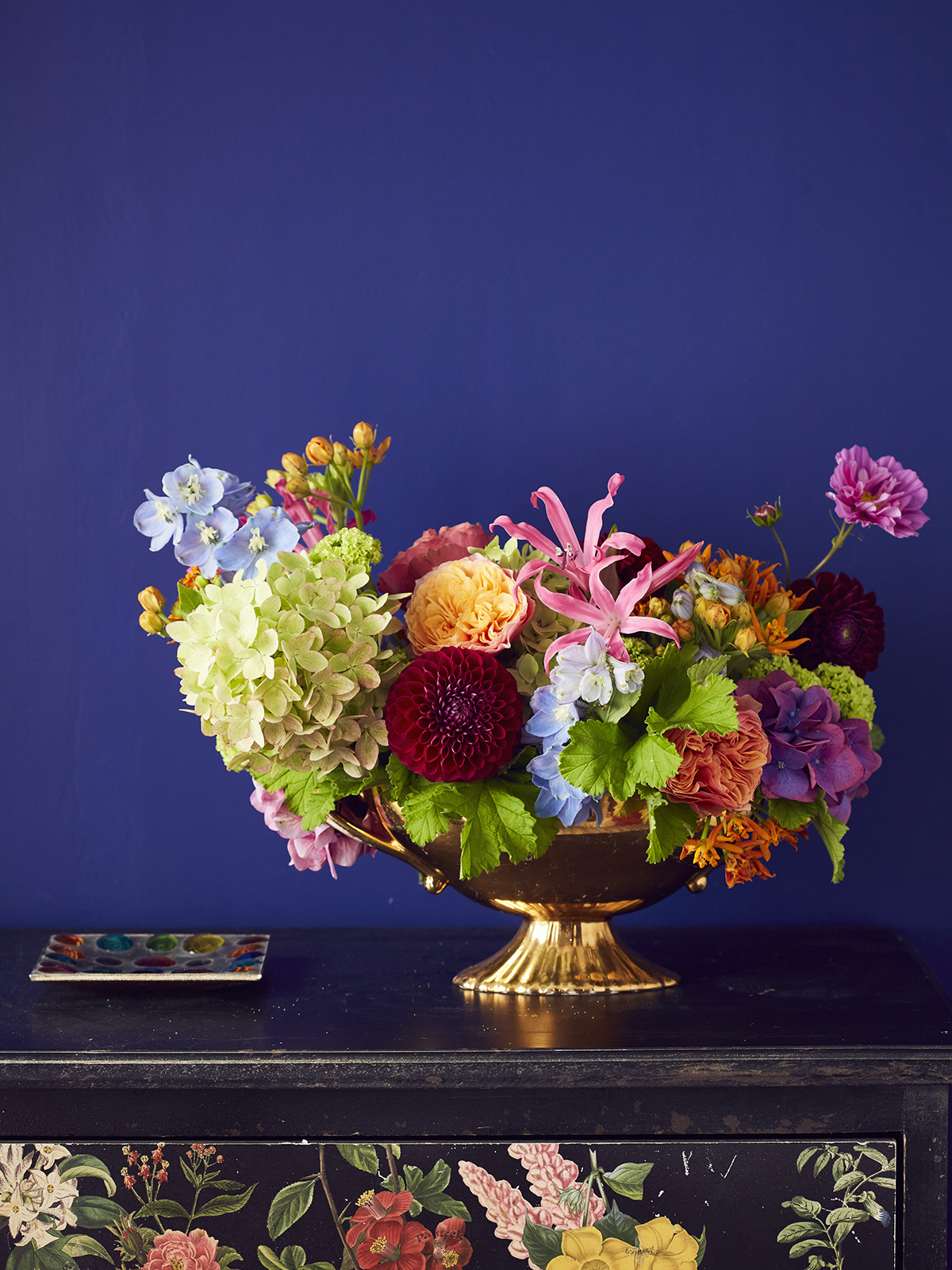
Nature is a source of colour inspiration but also helps with understanding your own colour personality. Photographed by Alun Callender.
Another groundbreaking piece of research I have found on my quest for home happiness was carried out by the psychologist Angela Wright in the 1970s-1990s. Angela made it her life work to study and to go on to prove how we individually respond to colour and the moods and behaviours colour inspires in us.
So is it true that only lovers of bold and bright colours can get this dopamine hit of mine? Can you be equally lit up by beige? Well the answer, which will probably surprise you, is yes! A deep dive into the psychology of colour has taught me that everyone has a palette of happy colours that resonates with them on an emotional level. But, and here’s is the clincher, not everyone’s happy palette is the same.
According to Angela Wright, everyone has a very individual sense of style and taste and response to colour. After studying the fundamental principles, I’ve gone on to use these theories in my own design practice, before going on to share this framework in my Colour Workshops and my online course Colour Psychology for Interiors. And it’s been utterly mind-blowing how this resonates with people and shifts something very deep inside. Angela created four harmonious colour palettes, that revolve around a feeling, a mood and a personality type. She called these in her original work the Seasonal Personalities, Spring, Summer, Autumn and Winter. I’ve gone with these titles as they make perfect illustrative sense. For example, Springtime has a real feeling of optimism and newness that feels exciting and energising. As we move out of the monochrome shades of Winter, the colours we see in nature at this time of year are fresh, light and bright. Think of the crocuses, bluebells and daffodils and the vibrant green shoots as the perfect illustration. This colour palette harnesses this new energy and optimism and consequently resonates with Spring personality types, and makes beautifully joyful interior schemes.
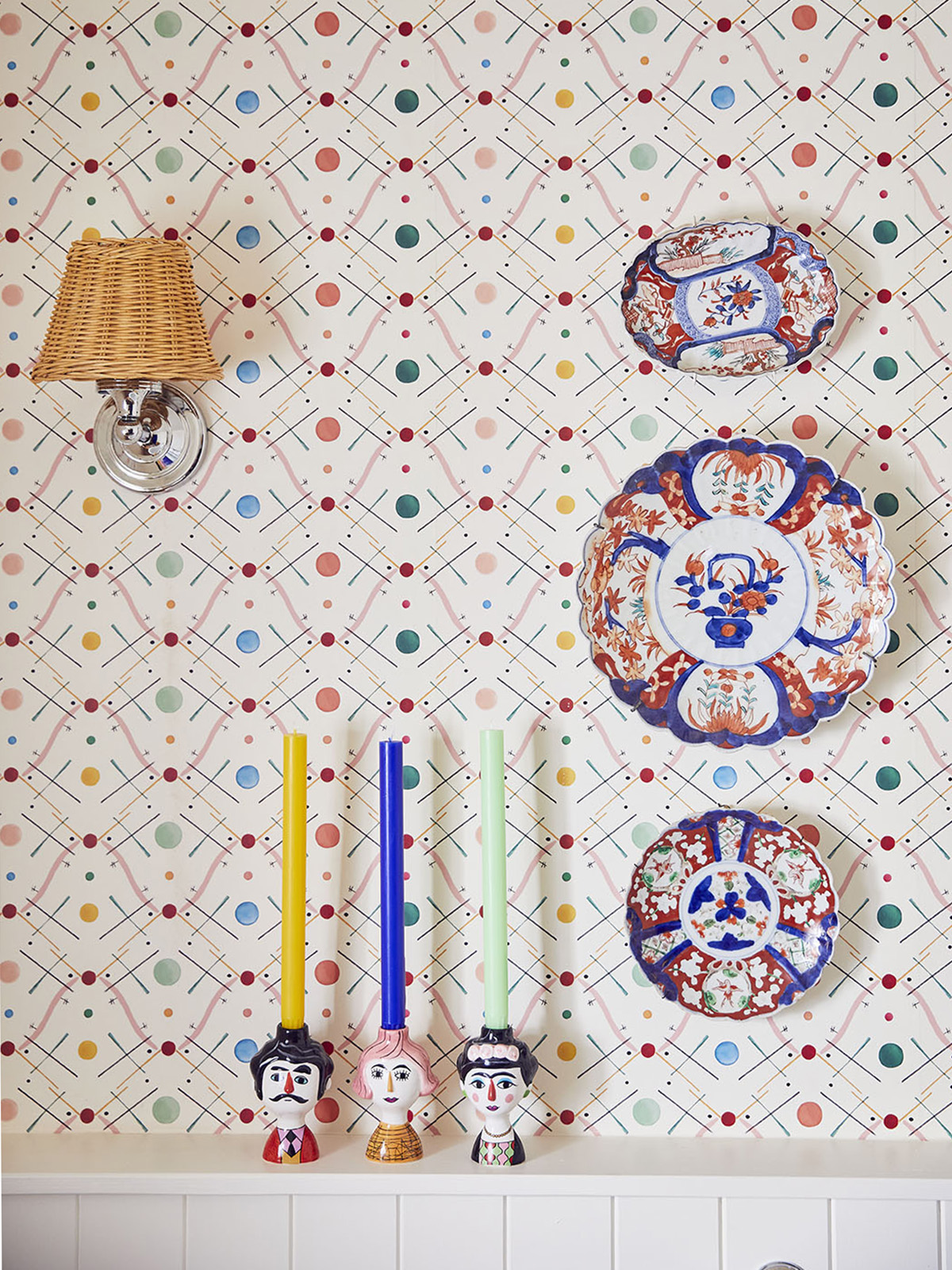
A Spring personality loves bright and light colours, energetic busy prints and humorous touches. Photographed by Alun Callender
This is why I have never wanted to preach that people should follow ‘my look’ or copy my colour palette in order to design a home they love. In fact, it’s the reason why following trends, being swayed by what people think, and not listening to your true gut feeling is a sure-fire way to feel disappointed with your end design. It just doesn’t feel right, something is off, and you can’t work out why. It’s time to move away from the influence of the ‘style police’ and develop your own sense of style, discover what colours resonate with you, and ultimately learn how they all pull together to make your house feel like it’s the best place to be.

Begin by getting in touch with how colours make you feel on an emotional level. Photographed by Alun Callender
You can begin by putting down the paint charts and start to look at colour with fresh eyes. Is that shade of grey inducing a feeling of calm or fatigue? Is this vibrant yellow making you feel joyful or agitated? For most people, a big part of this process is moving away from your preconceived ideas and aspirations about what you think you like or what is deemed good taste. Great interior design is a much more personal journey. I feel passionate that uncovering your personal colour preferences, which are also linked to your personal sense of style, is key to feeling truly unleashed and able to express yourself in your home.
Over the next few weeks on this blog, I’m going to go into more depth on the four seasonal colour palettes so you have a chance to discover which one resonates the most with you. I’m going to share how these help you formulate harmonious and coherent colour schemes which will bring your home a sense of flow, whilst at the same time looking completely unique and authentic.
But if you are ready to take the plunge and get to the core of what it takes to create a colourful home and one that feels as good as its looks, then I’ve opened enrolment to my online course Colour Psychology for Interiors. We are going to embark on your own journey of self-discovery, while I’ll teach you how to create harmonious colour palettes with ease. It took me years to work out and define this framework but it’s been the best thing I’ve done for my design practice. Ultimately it’s all about gaining the knowledge that you are creating a home you love and that will make you feel your best, for the long term. What better investment to make in yourself?
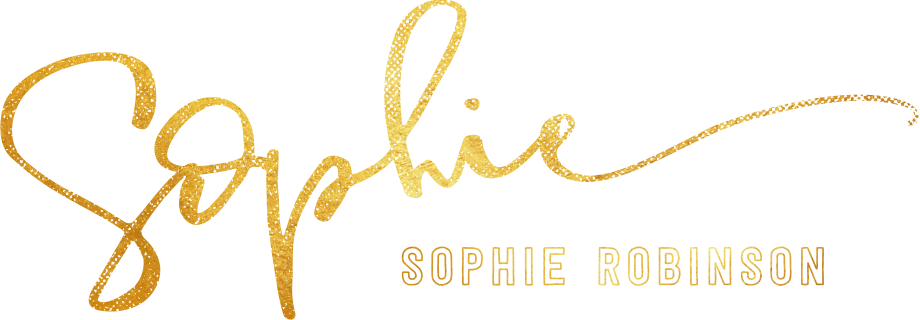


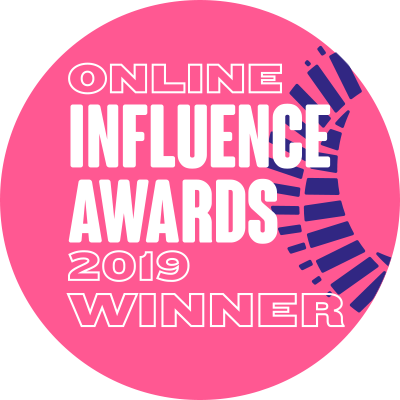
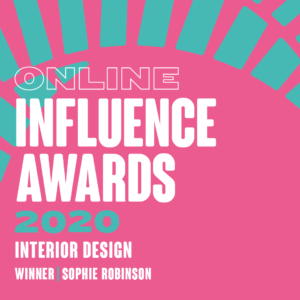
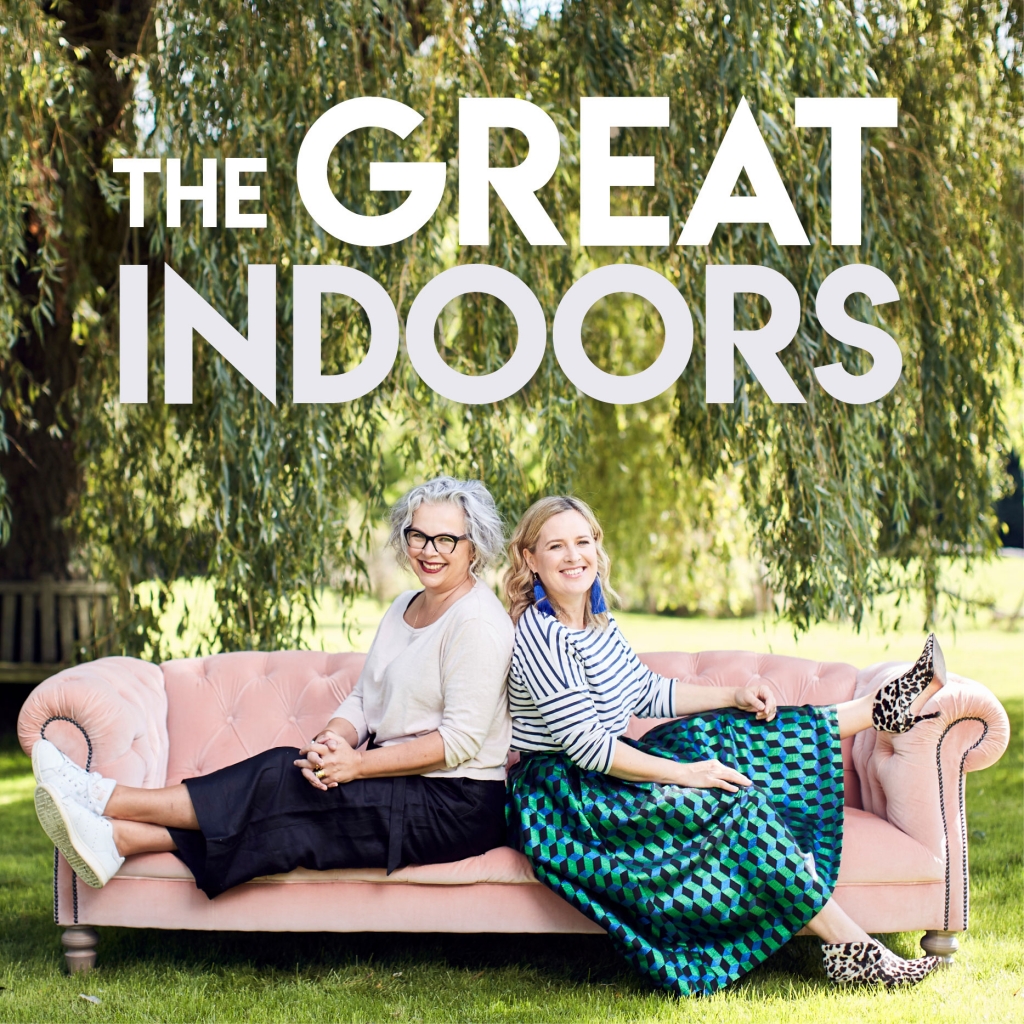
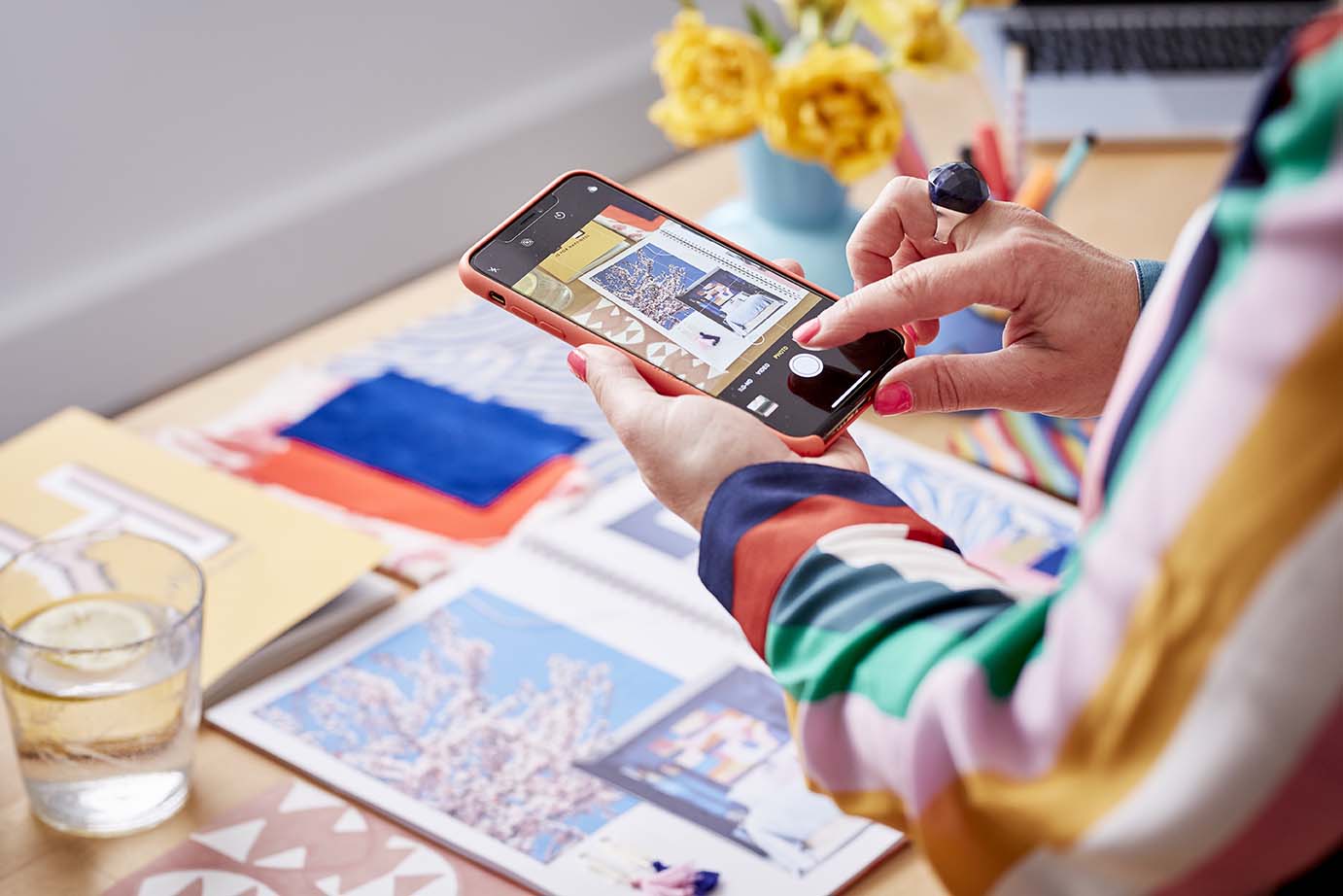




 proof that your landing de
proof that your landing de


